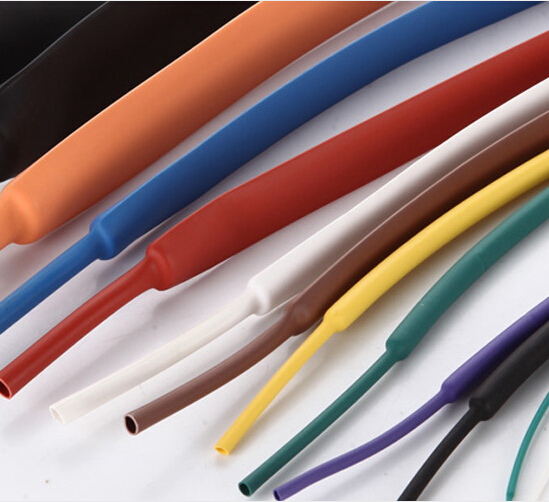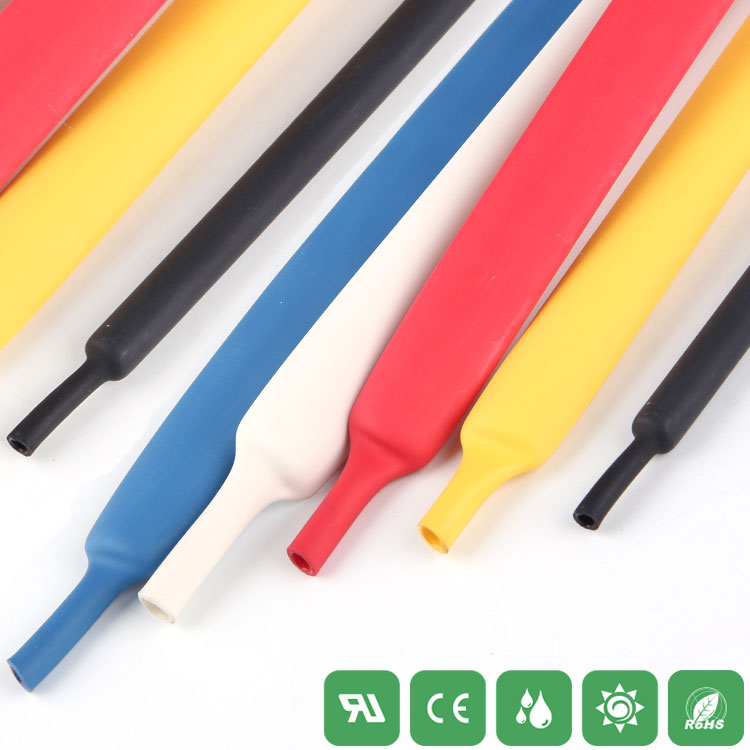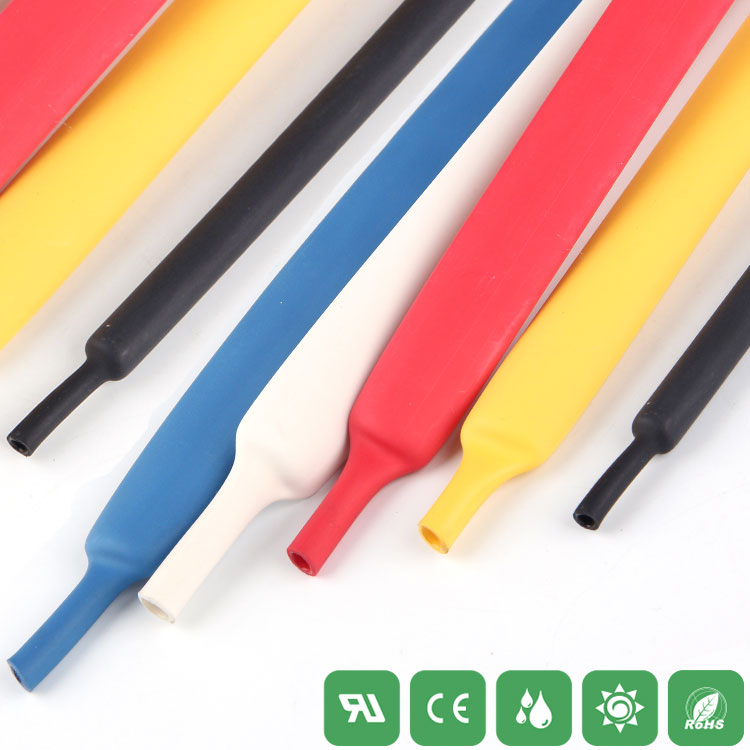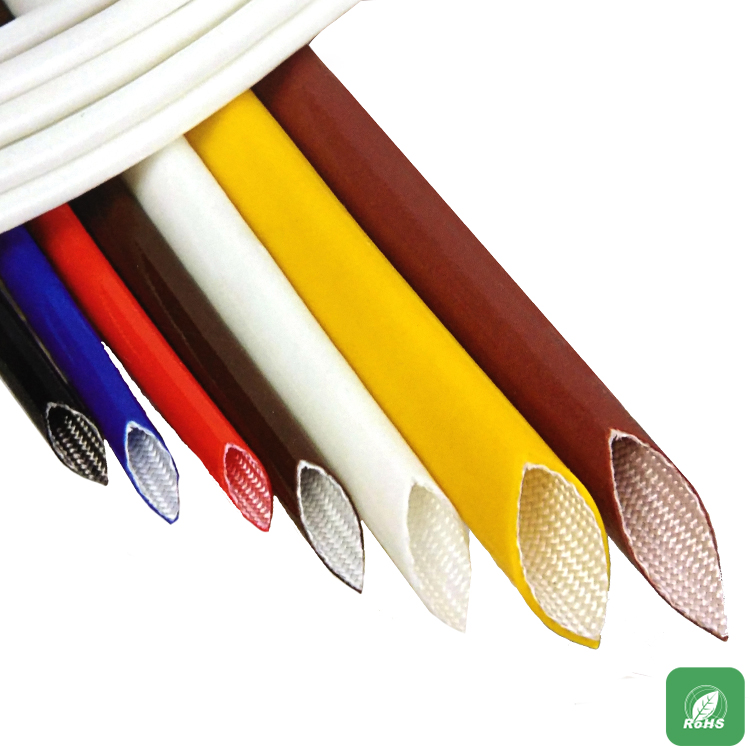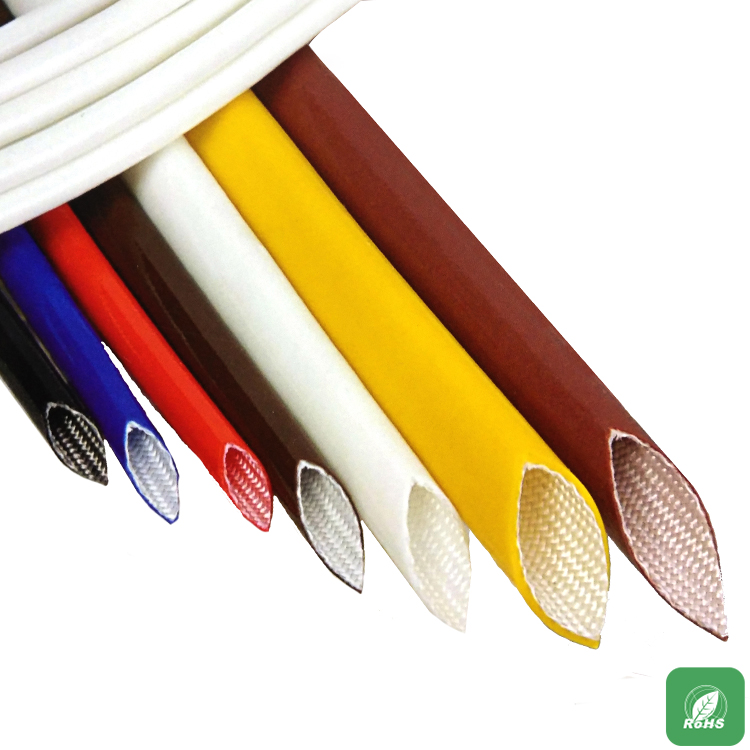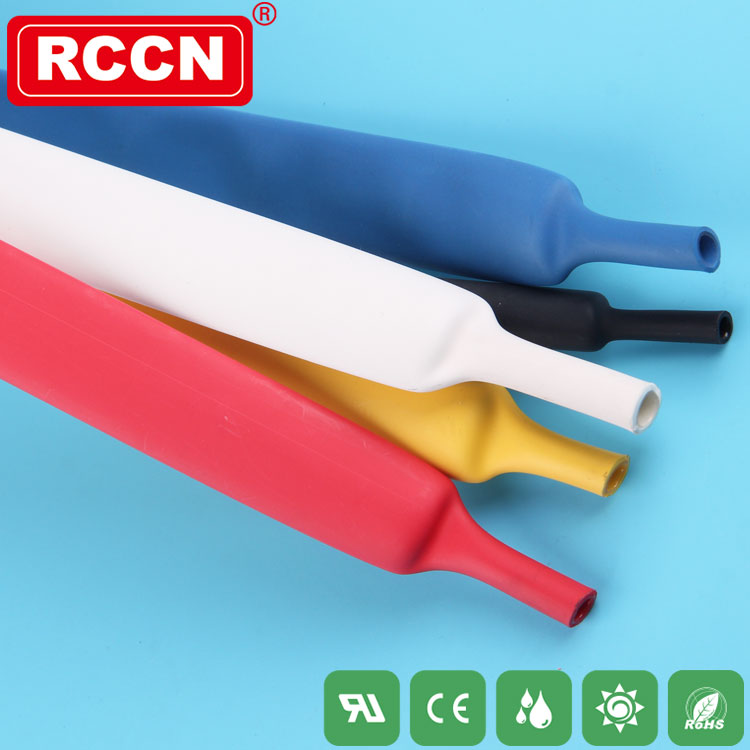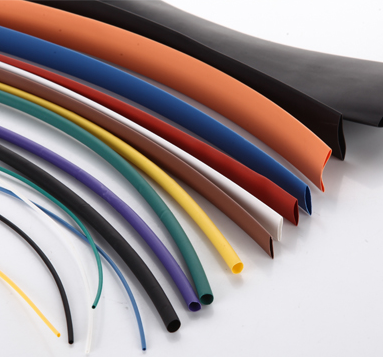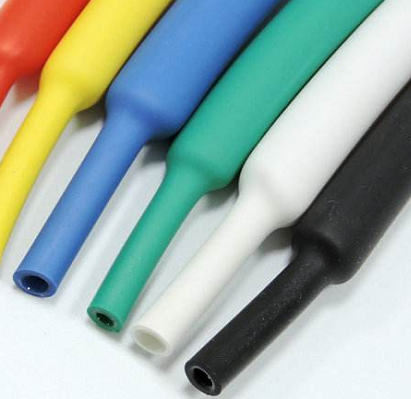UL, VW-1 test standard
UL, VW-1 test standard is a relatively common standard. The experiment stipulates that the sample is kept vertical. It is burned for 15 seconds with the test torch (flame height 125mm, heat power 500W), then stopped for 15 seconds, repeated 5 times. .
The eligibility criteria are: 1. The remaining flame should not exceed 60 seconds. 2, the sample can not burn more than 25%. 3. Surgical cotton padded at the bottom should not be ignited by falling objects.
There are 12 kinds of UL94: HB, V-0, V-1, V-2, 5VA, 5VB, VTM-0, VTM-1, VTM-2, HBF, HF-1, HF-2.
Flammability UL94 rating is the most widely used flammability performance standard for plastic materials. It is used to evaluate the ability of a material to extinguish after it has been ignited. There are various evaluation methods depending on the burning speed, the burning time, the drip resistance, and whether the beads are burned. Each material to be tested can obtain many values depending on the color or thickness. When a material of a product is selected, its UL rating should meet the thickness requirements of the wall portion of the plastic part. The UL rating should be reported along with the thickness value. It is not enough to report only the UL rating without thickness.
The flame retardant grade of plastic is gradually increased from HB, V-2, V-1, V-0, 5VB to 5VA:
HB: The lowest flame retardant rating in the UL94 standard. For samples from 3 to 13 mm thick, the burning speed is less than 40 mm per minute; for samples less than 3 mm thick, the burning speed is less than 70 mm per minute; or it is extinguished before the 100 mm mark.
V-2: After two 10 second burn tests on the sample, afterflame & afterburning is extinguished within 60 seconds. The dripping particles can ignite the cotton.
V-1: After two 10 second burn tests on the sample, afterflame and afterburning were extinguished within 60 seconds. The dripping particles do not ignite cotton.
V-0: After the sample was subjected to two 10 second burn tests, the afterflame & afterburning was extinguished within 30 seconds. The dripping particles do not ignite cotton.
5VB: After five times and five seconds of burning test on the sample, the afterflame & afterburning is extinguished within 60 seconds. The dripping particles do not ignite cotton. For block samples, they are allowed to be burned through.
5VA: After five times of 5 seconds of burning test on the sample, afterflame & afterburning was extinguished within 30 seconds. The dripping particles do not ignite cotton. Blocked samples are not allowed to be burned through.
In the above levels: .VW-1 is the same level as FT1. The FT2 is the easiest to pass and has the lowest rating.
VW-1 is strictly perpendicular to FT1, both of which are vertical combustion. The judgment criteria are as follows: 1. The combustion mark (kraft paper) cannot be carbonized by more than 25%; the burning time of 2, 5 times and 15 seconds of burning cannot exceed 60 seconds; 3. Burning Drips can not ignite cotton; VW-1 is required to meet 1, 2, 3; FT1 only requires 1, 2
For the wire industry, UL94's V-2, V-1, V-0, 5VA, and 5VB are used to evaluate the materials used in the wires. When testing, standard samples should be prepared using test materials and will not be marked on the wires.
The VW-1VW-2FT-1FT-2 evaluates the wire itself. After the test is passed, the corresponding level can be identified on the wire. The flame retardant of the wire is completely different from the flame retardant of UL94. For example, an insulating material can pass the V-0 of UL94 but not necessarily pass the VW-1;
In addition, UL94 is the flame retardant of insulating materials, and the flame retardant requirements of wires are generally on UL758621581; therefore, the flame retardant in UL94 such as V-0V-1 is not the flame retardant of wires; there is no printed VW on AWM wires. The V0 combustion test in 1/FT1 and UL94 is quite different in equipment:
1. The height and temperature of the flame are different;
2. The methane flow used in the test is also different;
3. The back pressure of methane is also different;
4. The volume of the combustion box is also different: VW-1 requires more than 4 cubic meters, while V0 only requires more than 0.5 cubic meters;
5, the number of combustion is also different 0Gr4OG\x06;
6. In the burning result: V0 requires recording the residual time, while VW-1 is not used.
Wire burning method in UL1581
1, VW-1: vertical burning test (UL wire burning level);
2, FT1: vertical burning test;
3. FT2: horizontal burning test;
4, FT4: vertical burning test;
5, FT6: horizontal burning and smoke test (FT class burn rating is CSA standard wire burning grade);
However, the test conditions of 5V-class combustion and VW-1 combustion in UL94 are similar to those in the test method. Note: Regardless of whether it is VW-1 or UL94 combustion test equipment, it must refer to ASTM5025 and ASTM5027. UL1581 and UL94 are only test methods. The requirements of test equipment must be ASTM standard.
In this paper, the flame-retardant grade of heat-shrinkable tubes is introduced in great detail, and the distinction between some of the flame-retardant grade standards is distinguished.
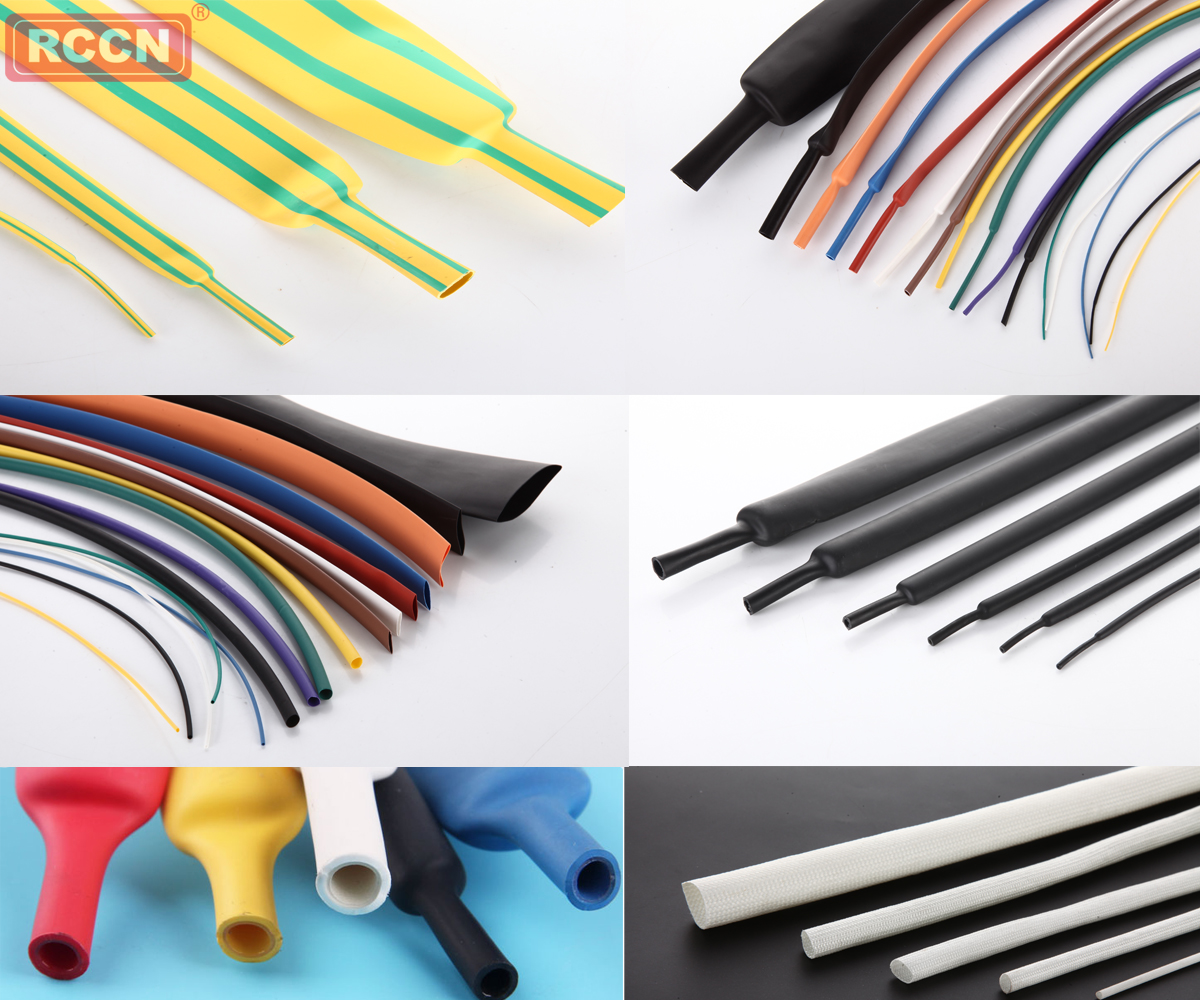
















 RCCN WeChat QrCode
RCCN WeChat QrCode Mobile WebSite
Mobile WebSite